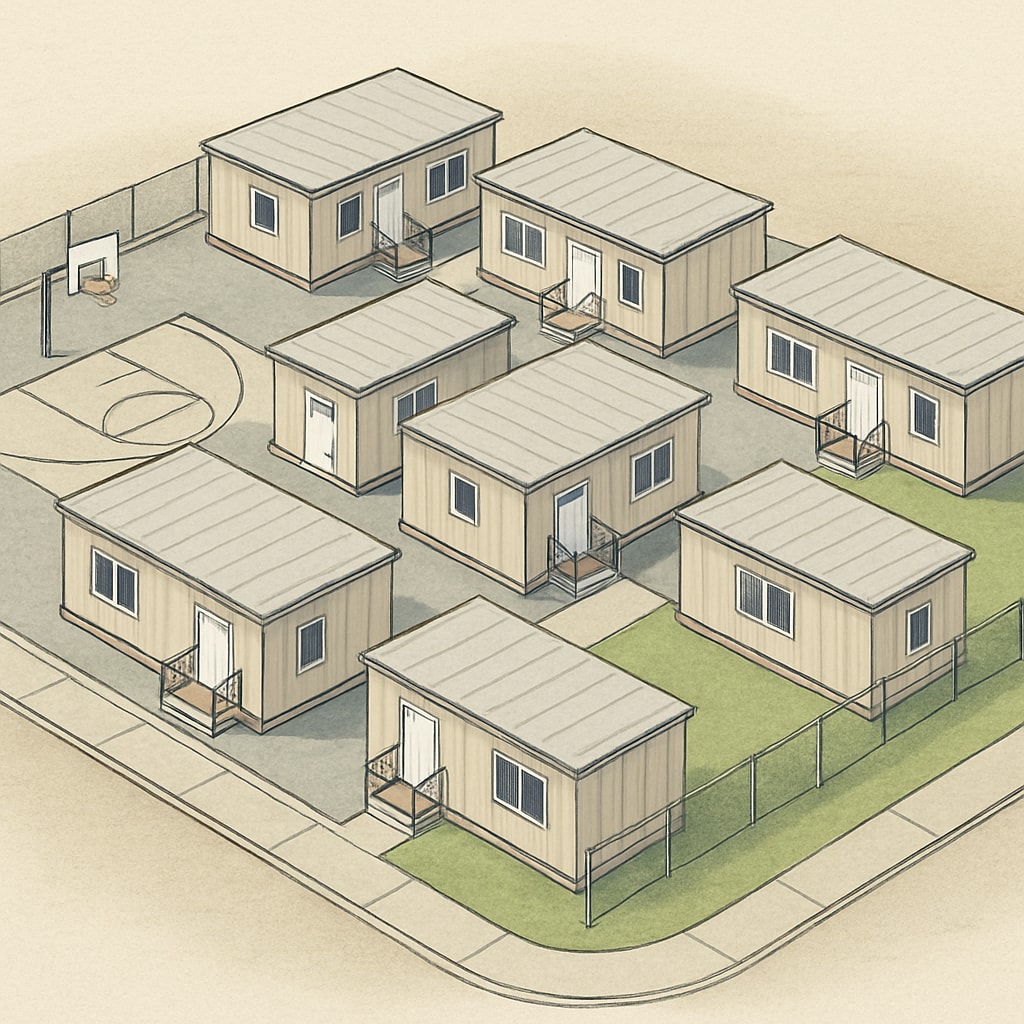Temporary changes in school environments, such as relocations or construction-related moves, can present unique challenges for children. These transitions often spark concerns among parents about their children’s well-being and educational experience. Issues related to limited space, lack of familiar facilities, and reduced parental engagement can impact children’s development. This article explores the potential effects of such transitions and offers practical solutions to ensure a positive learning environment during these periods.
How Space and Facilities Influence Learning
One of the most immediate challenges of a temporary school relocation is the change in physical space. Schools are carefully designed with classrooms, playgrounds, and other facilities that foster learning, social interaction, and physical activity. A temporary site, however, may lack these essential features. For example, smaller classrooms can restrict movement, while the absence of playgrounds can limit opportunities for exercise and social bonding among students.
Research has shown that children thrive in environments that are not only safe but also stimulating. According to a Britannica article on child development, physical spaces significantly influence cognitive and social growth. Therefore, when schools relocate temporarily, it is critical to replicate key elements of the original environment to maintain continuity in learning experiences.

Maintaining Emotional Stability During Transitions
Relocation can also disrupt the emotional balance of children. Young students often rely on routine and familiarity to feel secure, and a sudden change in their learning environment can lead to anxiety or reduced motivation. This is particularly concerning for students who already struggle with adapting to change.
To address this, schools can implement strategies to create a sense of continuity. For instance, keeping key teaching staff consistent during the transition can provide a reassuring presence for students. Additionally, involving children in the process—such as letting them personalize their temporary classrooms—can help them feel more connected to the new environment.

Strengthening Parent-School Communication
Temporary relocations can inadvertently reduce opportunities for parent-teacher interaction, as parents may find it harder to visit unfamiliar or less accessible sites. This reduced engagement can lead to a disconnect between home and school, which is essential for a child’s overall development.
Schools can mitigate this by leveraging technology to maintain strong communication channels. For example, regular updates via email, virtual parent-teacher meetings, and mobile apps can keep parents informed and involved. The use of community spaces for occasional in-person events can also help bridge the gap.
Moreover, schools can encourage parents to participate in volunteer activities at the temporary site, ensuring that they remain actively involved in their child’s education despite the logistical challenges.
Collaborative Solutions for a Positive Transition
The success of a temporary school relocation largely depends on collaboration among educators, parents, and the broader community. Here are some key strategies to ensure a smooth transition:
- Advanced Planning: Schools should plan relocations well in advance, ensuring that temporary facilities meet the basic needs of students and staff.
- Student Involvement: Engaging students in the process, such as through informational sessions or campus tours, can help reduce anxiety and build excitement.
- Community Support: Local organizations and businesses can contribute resources or services to enhance the temporary learning environment.
By prioritizing these strategies, schools can turn a potentially disruptive experience into an opportunity for growth and resilience.
In conclusion, while temporary school relocations can present challenges, they also offer an opportunity to rethink and innovate educational environments. With careful planning, open communication, and community collaboration, it is possible to create a positive and enriching experience for children, even during periods of transition. For further insights on the importance of school environments, visit Learning Environments on Wikipedia.
Readability guidance: Use short paragraphs and lists to summarize key points. Include transitional phrases like “in addition” and “as a result” to enhance coherence. Keep passive voice minimal and sentence length within recommended limits.


